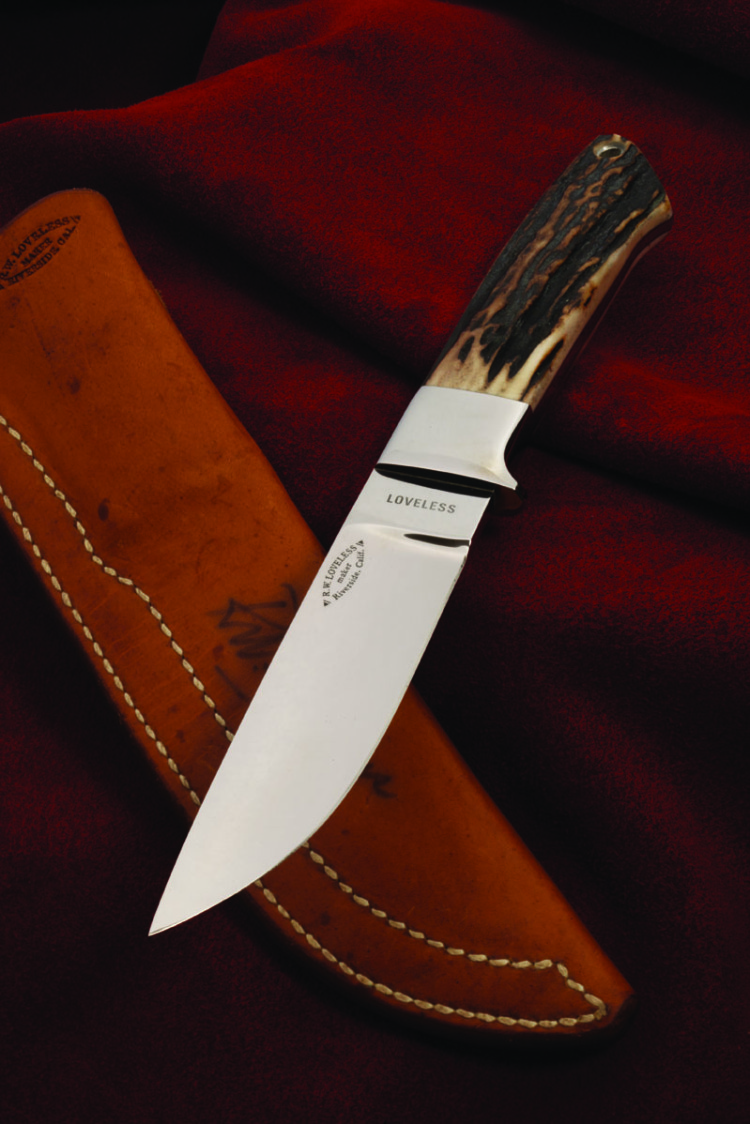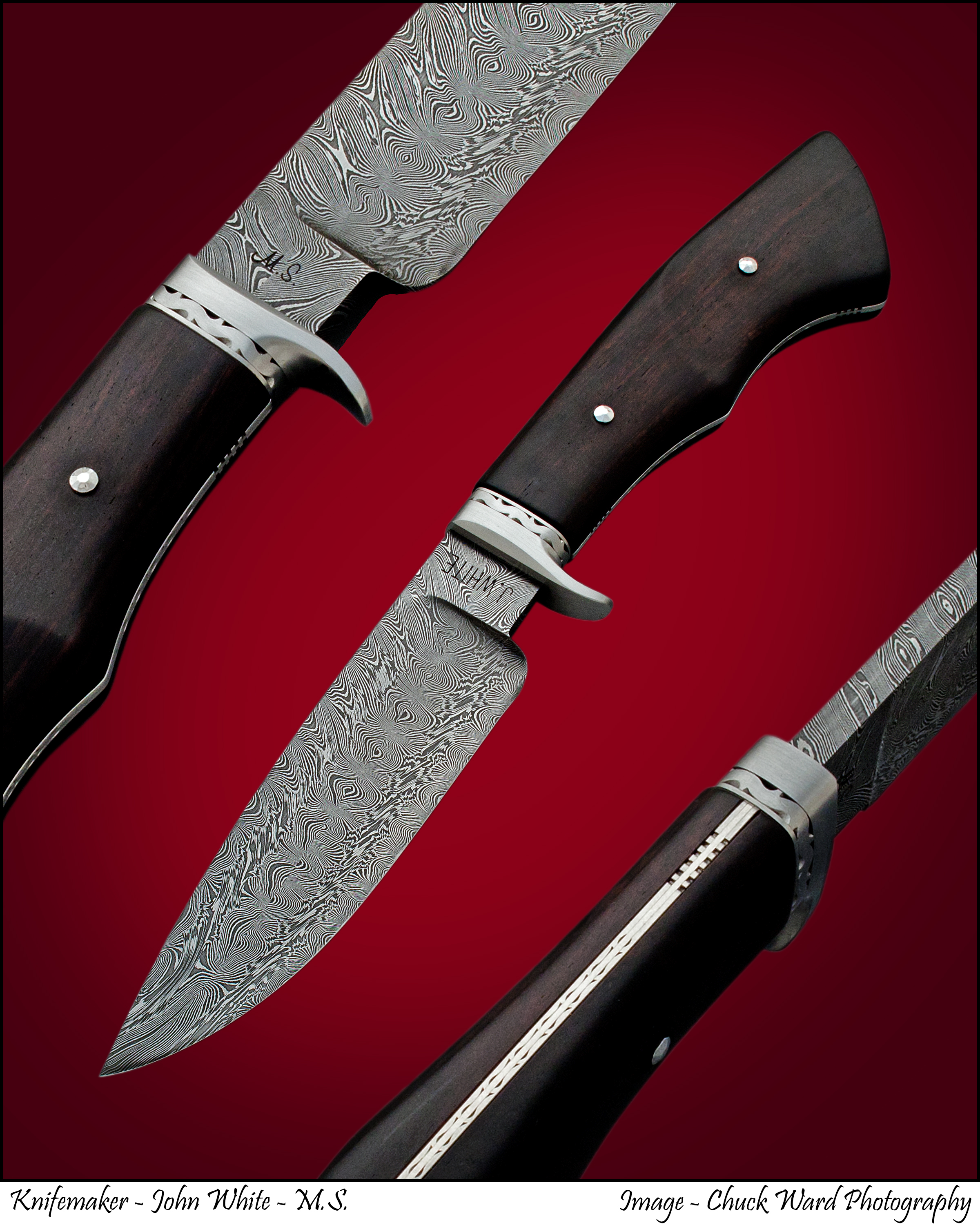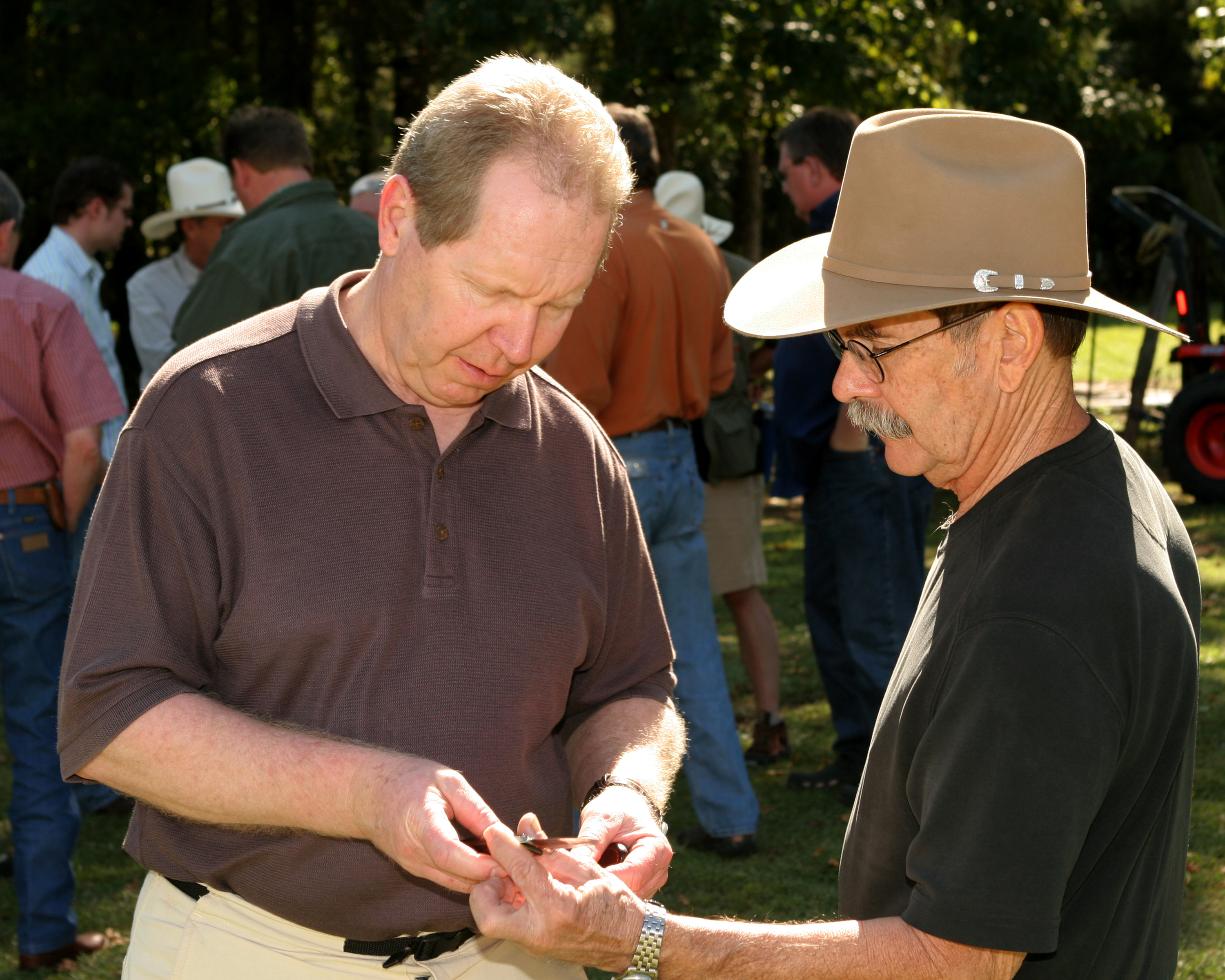
Few things are more satisfying than placing a custom order with your favorite knifemaker and then holding the finished knife in your hands.
However, the process from start to finish is not always simple.
If you are thinking about ordering a custom knife, consider a few important points as you pursue the maker and the knife. Simply placing the order may be challenge enough, depending on the maker’s backlog and obligations to others. In fact, some makers do not accept orders. Deciding exactly what you want, preparing to convey that to a prospective maker, and then coming to an agreement on the terms of the deal require thought and planning.
Collectors interested in ordering a custom knife are driven primarily by a desire to own the work of a specific maker, the desire to own a specific style of knife complete with certain favored materials, or a combination of the two. Custom makers regularly do have backlogs, and you may also have to decide how long you are willing to wait. Though the Internet brings a wealth of information to the computer screen, the process of ordering a custom knife remains virtually the same as it has been down through the years.
“Other than the fact you can do your homework about a maker in a short period of time [thanks to the Internet], I don’t think the ordering process has changed much,” related veteran collector Paul Kessler, pictured above at left talking knives with ABS master smith John White. “What has changed is how we get to placing that order. My first custom order was from a maker whose work I had seen in an A.G. Russell publication. I wrote that maker and received a reply. Then, there was a return letter from me with $5 in it for a packet of color photographs of the maker’s work, and an explanation of the materials he used in the construction of his knives. Then, of course, came another letter with an order, and then finally the knife.”
The Internet does allow an exchange of information within minutes, while just a few short years ago such a dialogue between maker and collector might take days, even weeks. “The problem with the Internet, however, is that you can’t hold the knife in your hand and feel it,” warned collector Larry Abramson. “I have seen knives and fallen in love with the picture, and then when I handle the knife it just doesn’t fit.”
Phil Lobred has been collecting knives since 1968 and agrees the most significant change in the custom-ordering process is the speed of the computer age. He still recommends the personal approach.
“Usually, I like to talk face-to-face with the maker so he has a better understanding of what I want, and I get a better feel for whether I’m going to get what I want,” Lobred advised. “Simply contact the maker and ask if he’s taking orders. If he is, give him one. If he is several years behind, you may not even need to pick the style of knife at the time you order [but instead pick it] when the maker is ready to make it. You may change your mind several times from when you put the order in and when the knife is to be made. Or, better yet, talk to the maker at a show [see sidebar below] about the knife you want and order it there. Knife shows are a ‘hands-on’ experience as opposed to looking at pictures. You can watch football but it’s a whole other thing to play football.”
LEVELS OF INVOLVEMENT
One aspect sometimes overlooked is the collector’s expectation of direct involvement in the making of the knife itself.
“That is between each maker and collector,” Lobred commented. “Some collectors want to get too involved. I learned a long time ago that I liked to give the maker the style of knife I wanted—upswept hunter, dropped hunter, fighter, bowie, folder, etc., full tang or narrow tang, and handle material preference. If I order something like a San Francisco knife, I tell them the style of knife I want, the handle material, and maybe the metal to use in certain places, especially if you are using gold and silver. Then, I wait like everybody else and hope I like the final result. I choose the makers I use because I like their work, I trust their work, and I like the maker. Most people should leave the actual knife designing to the maker.”
Kessler leans heavily on his knowledge of a custom knifemaker, the maker’s reputation, and the already assessed quality of the maker’s work. Involvement? “Not much more than the choice of materials and input into the basic design,” Paul said. “The orders I place are with makers and the style of knives they’re making that I’m already familiar with.
“Of course,” he continued, “if you’re asking your ‘favorite maker’ to build a style of knife that’s outside the box from what they normally make, then you will of necessity be more involved in the design process, its implementation, and the materials used in making the knife. If I’m ordering a knife with the thought of having it engraved, I will ask the engraver to be involved in the design of the knife itself. If possible, it’s always nice to have a few ‘work-in-progress’ photos from the maker as the work [evolves].”
DEPOSITS: YES OR NO?
When it comes to paying an up-front deposit to the maker, opinions vary. While it may seem practical to pay for high-end materials in the beginning, as a general rule it may be advisable to shy away from a deposit, particularly if the waiting period is lengthy.
“I very rarely pay a deposit,” Lopez explained. “I try very hard not to. I can see a maker’s point of view of making a knife and maybe having the person back out. By the same token, most makers think they will just be able to sell the knife to another person if that person doesn’t want it. I can certainly understand it if it’s a custom order that is out of the maker’s norm, or if it requires a lot of gold or out-of-pocket expense for the maker.”
Lobred added, “You should not pay a deposit until the maker is ready to make your knife. Makers should not accept a deposit until then. If you pay up front, the money gets spent and the maker is in trouble because they need the time to make the knife and the money for the time.
“I used to pay for the knives when I ordered them thinking that would put pressure on the maker to get my knife done. It doesn’t work. It just causes problems down the line.”
PREPARATION & COMMUNICATION
Avoiding problems that occur during the custom-order transaction benefits everyone. If a collector is dissatisfied with the finished product, the conversation that follows may be difficult. Most makers, however, want their customers to be happy and will do their best to work things out.
“Have your maker in mind, and definitely don’t rush because things can pop up,” Abramson concluded. “Make sure everything is communicated on the front end and maybe draw up an order form that both parties can sign so everything is in writing, almost like a contract.”
Trust is the critical element in ordering a custom knife. Both the knifemaker and the collector should be comfortable with one another and willing to communicate. Preparation makes all the difference.—By Mike Haskew
9 Keys To Custom Orders
•First, be sure the maker accepts custom orders;
•Know the maker’s backlog and obligations;
•Decide how long you are willing to wait for the knife to be delivered;
•If possible, talk face-to-face with the maker;
•Be sure you know what you want and convey it well to the maker;
•Except in special situations (see the following bulleted key), leave the actual knife designing to the maker;
•Order a style for which the maker is known; if not, accept more responsibility for the implementation of the knife and the outcome;
•If you must pay a deposit, do not do so until the maker is ready to start making your knife, and;
•Draw up an order form you and the maker can sign so everything is in writing. This protects not only you but the maker as well.
The Knife Show Connection
Attending knife shows is high on the list of the experienced collector in helping to size up options before ordering. “I think everyone who likes and collects custom knives should go to at least one knife show a year,” encouraged collector Carlos Lopez. “It’s the way you get to meet all the makers, dealers and collectors. It’s also one of the ways you realize that this big, diverse group of people share your passion. It’s an incredibly nice group of people overall, and it’s always very fulfilling and fun to attend the different shows.”
In a practical sense, knifemakers and prospective buyers do establish personal contact at shows, providing one another with a connection that eases the ordering process. A discussion about materials, pricing, approximate delivery date, and other details can take place in a comfortable setting. Best of all, the collector can hold an example of the maker’s work in his hands.—by Mike Haskew
For more about custom knives…
 Get your copy of Knives 2013. It’s packed with information about hot custom knife trends. It also features an extensive custom knifemaker directory to help you find the perfect talent to bring your vision to life.
Get your copy of Knives 2013. It’s packed with information about hot custom knife trends. It also features an extensive custom knifemaker directory to help you find the perfect talent to bring your vision to life.
Click here to order Knives 2013 from ShopBlade.com for the best price.
 NEXT STEP: Download Your Free KNIFE GUIDE Issue of BLADE Magazine
NEXT STEP: Download Your Free KNIFE GUIDE Issue of BLADE Magazine
BLADE’s annual Knife Guide Issue features the newest knives and sharpeners, plus knife and axe reviews, knife sheaths, kit knives and a Knife Industry Directory.Get your FREE digital PDF instant download of the annual Knife Guide. No, really! We will email it to you right now when you subscribe to the BLADE email newsletter.








